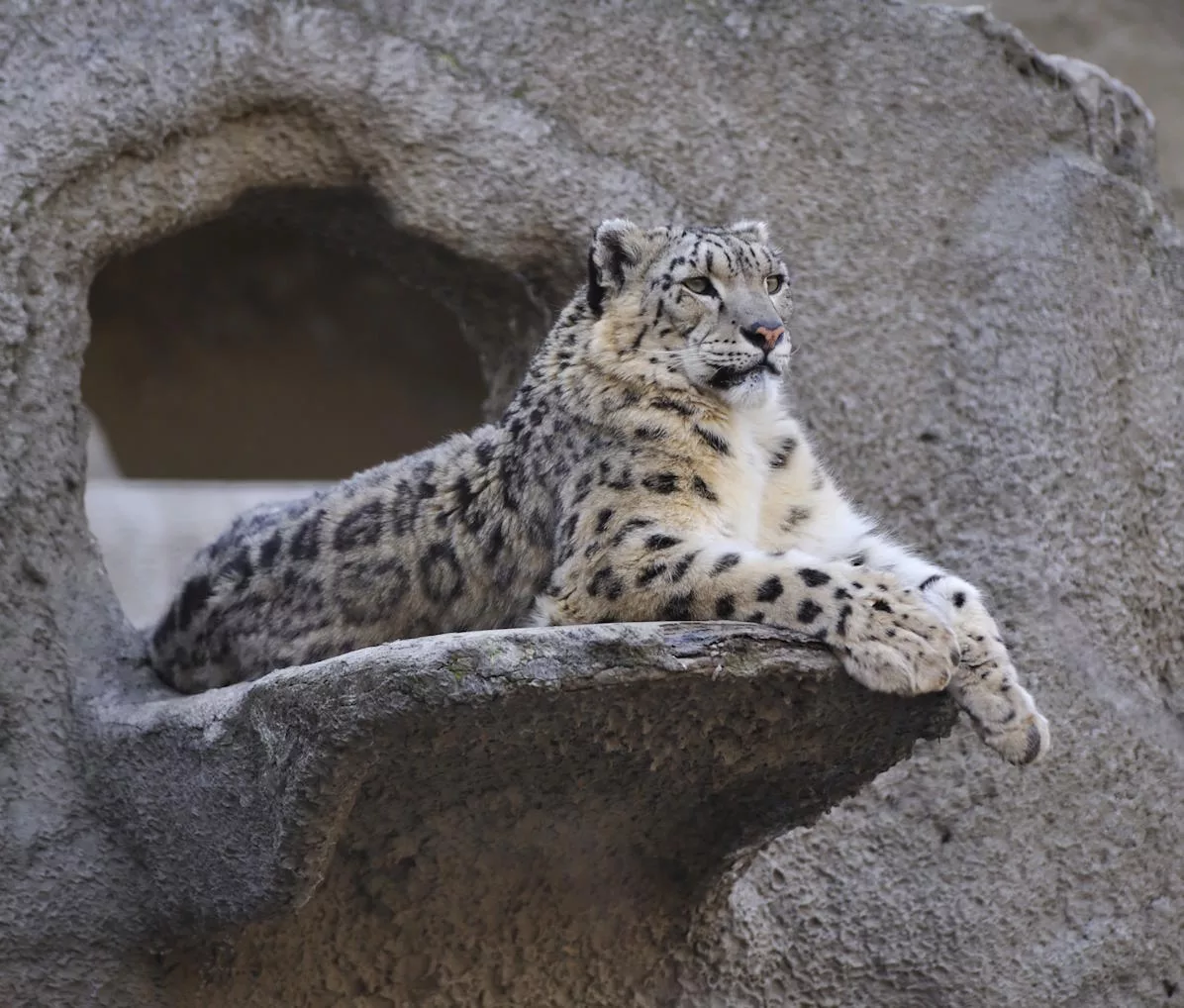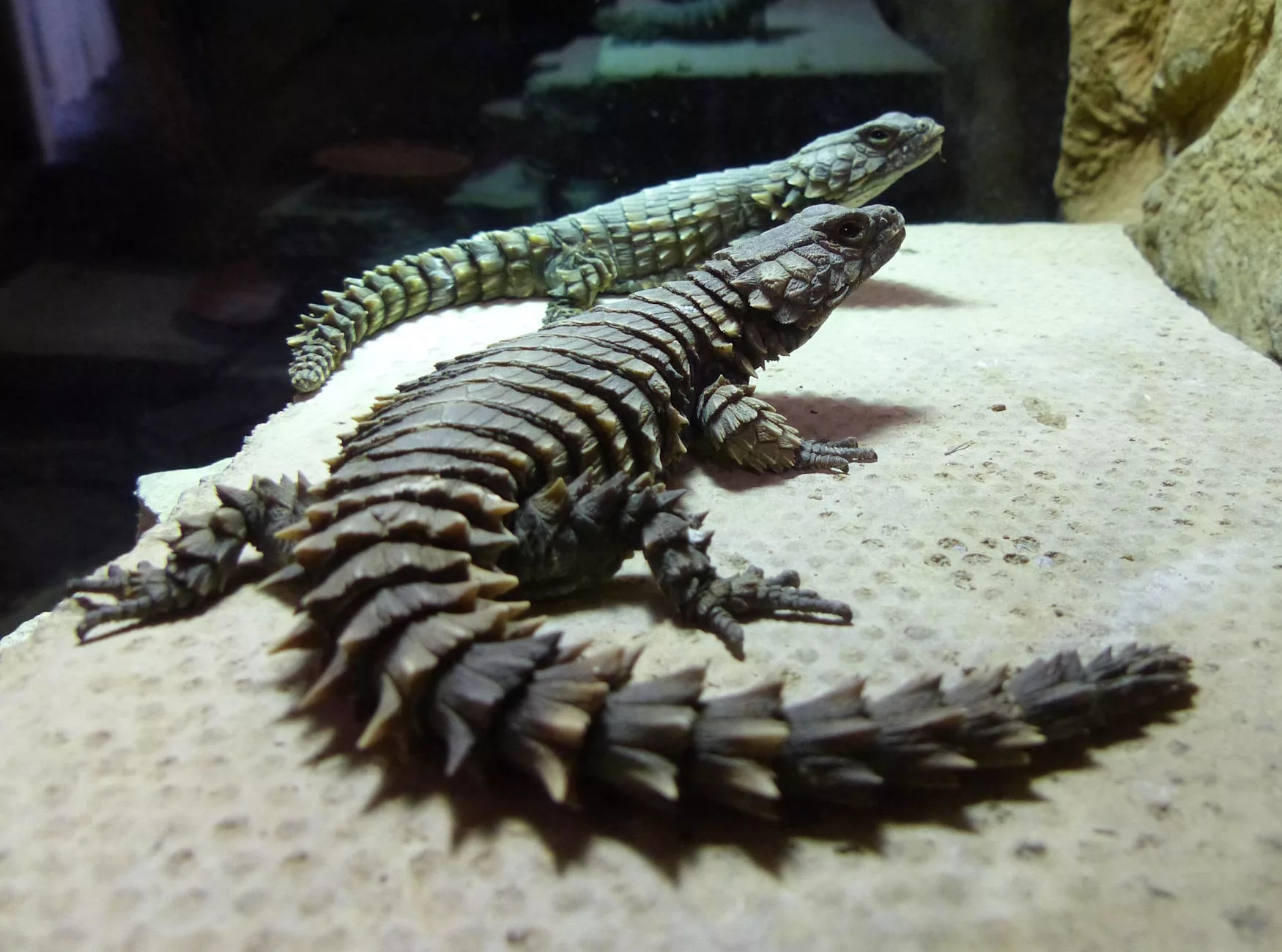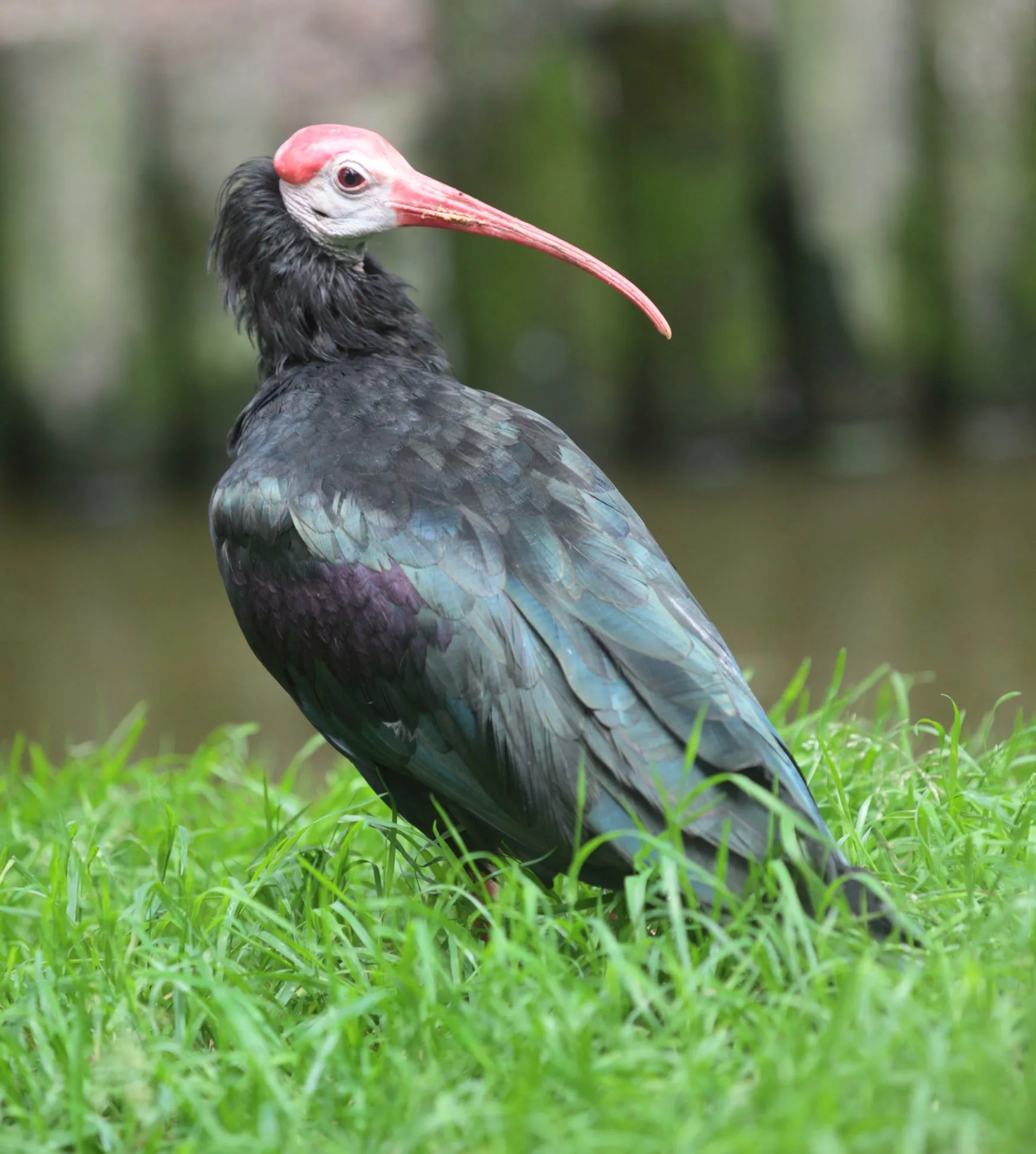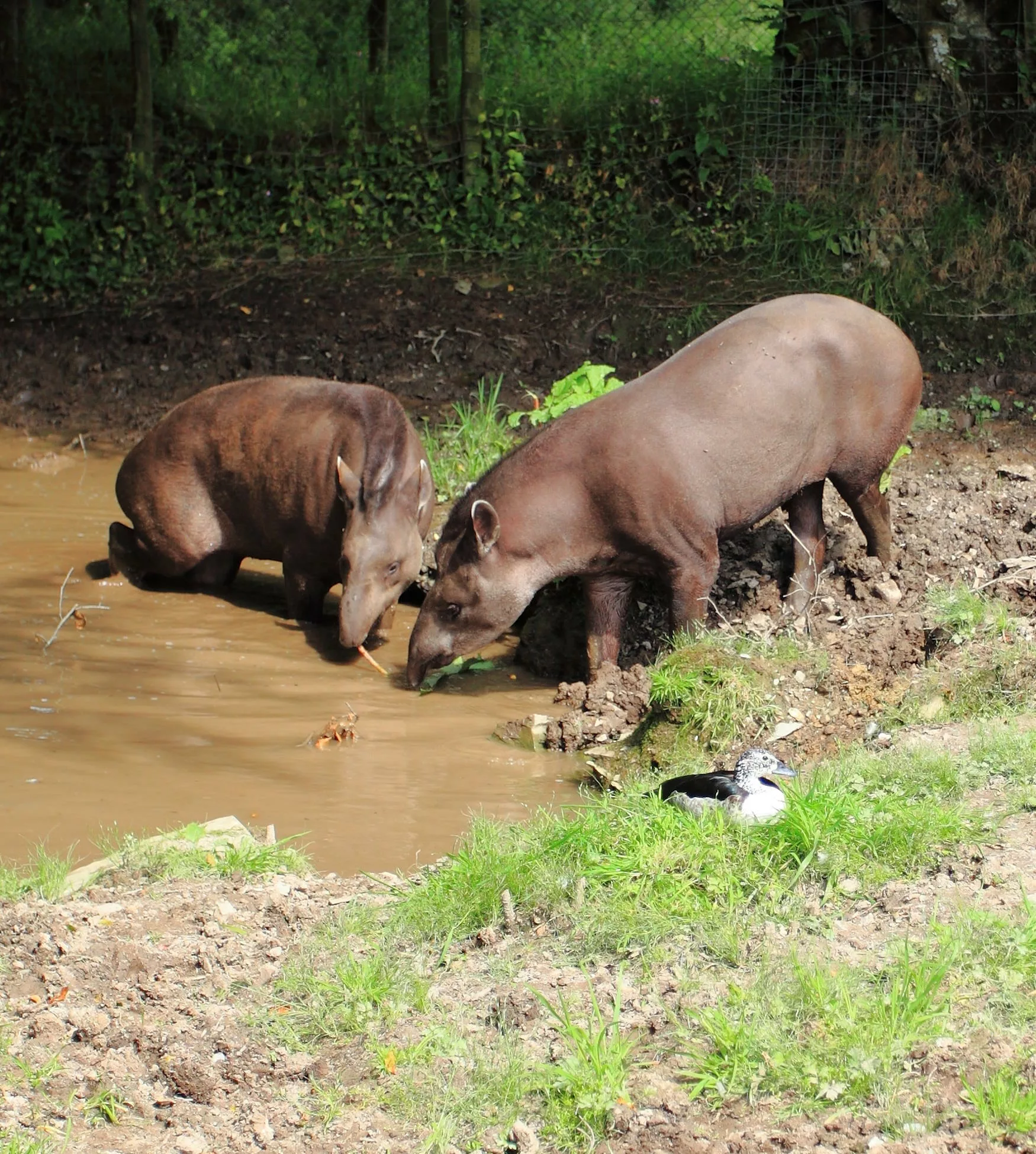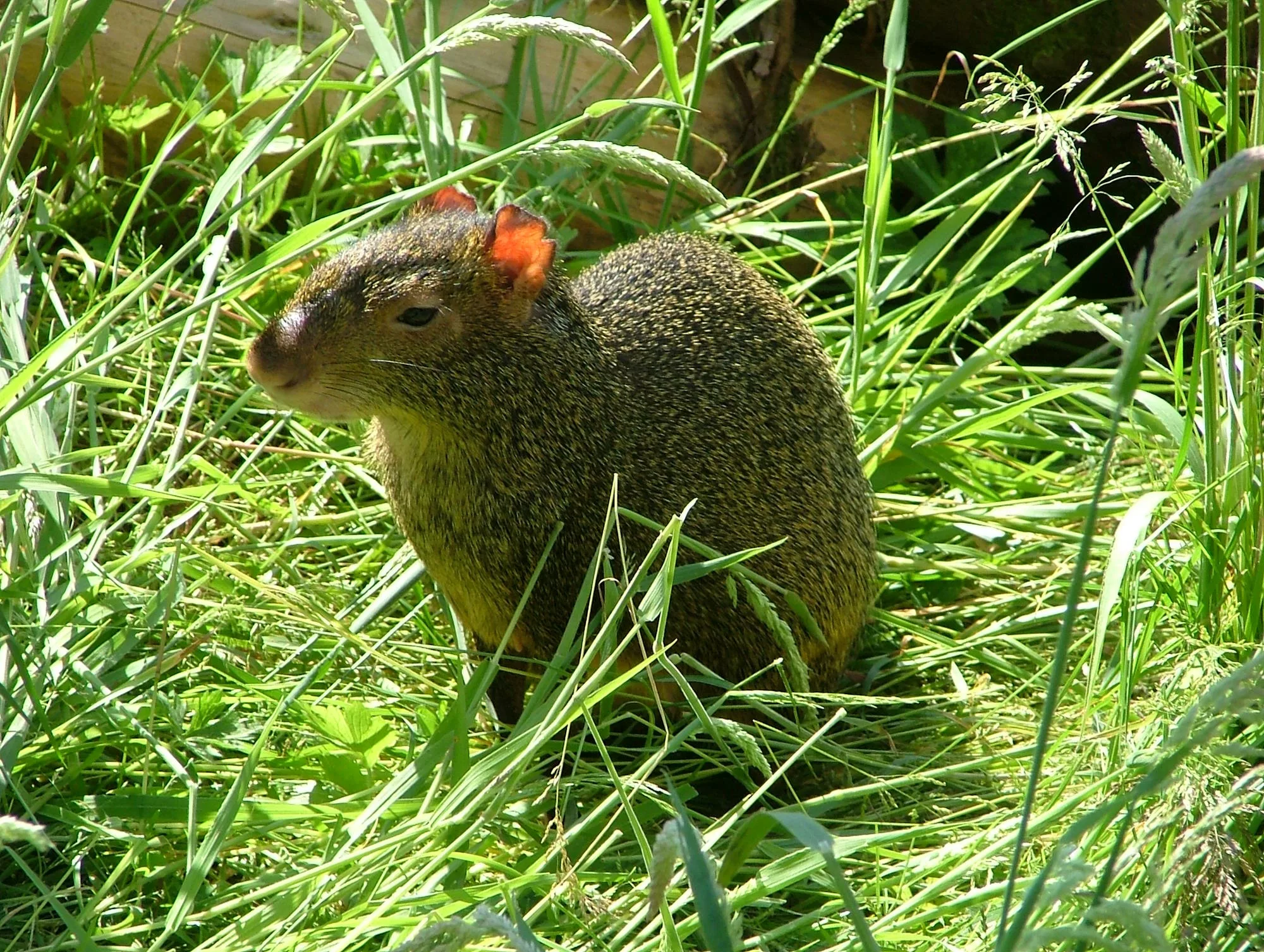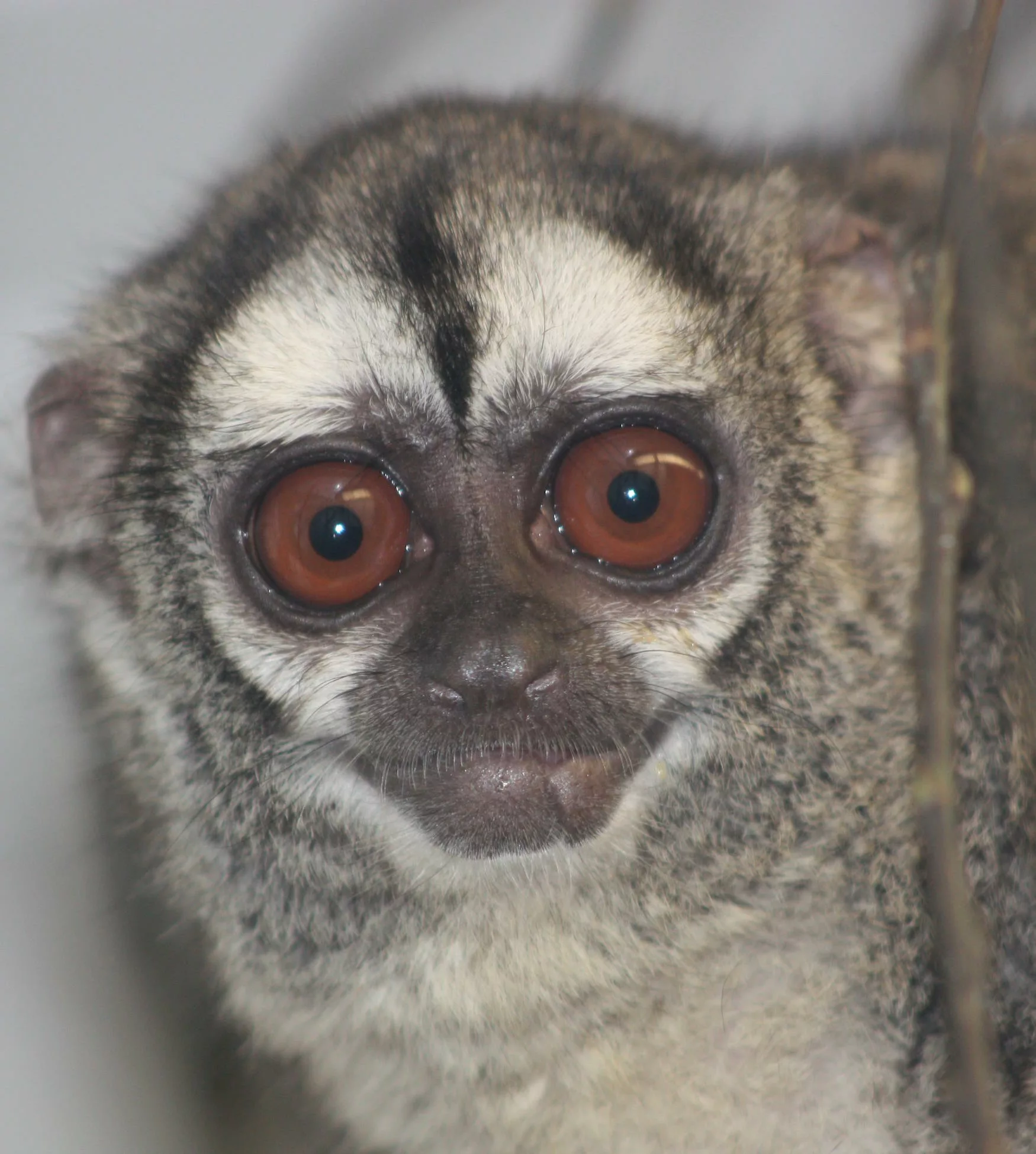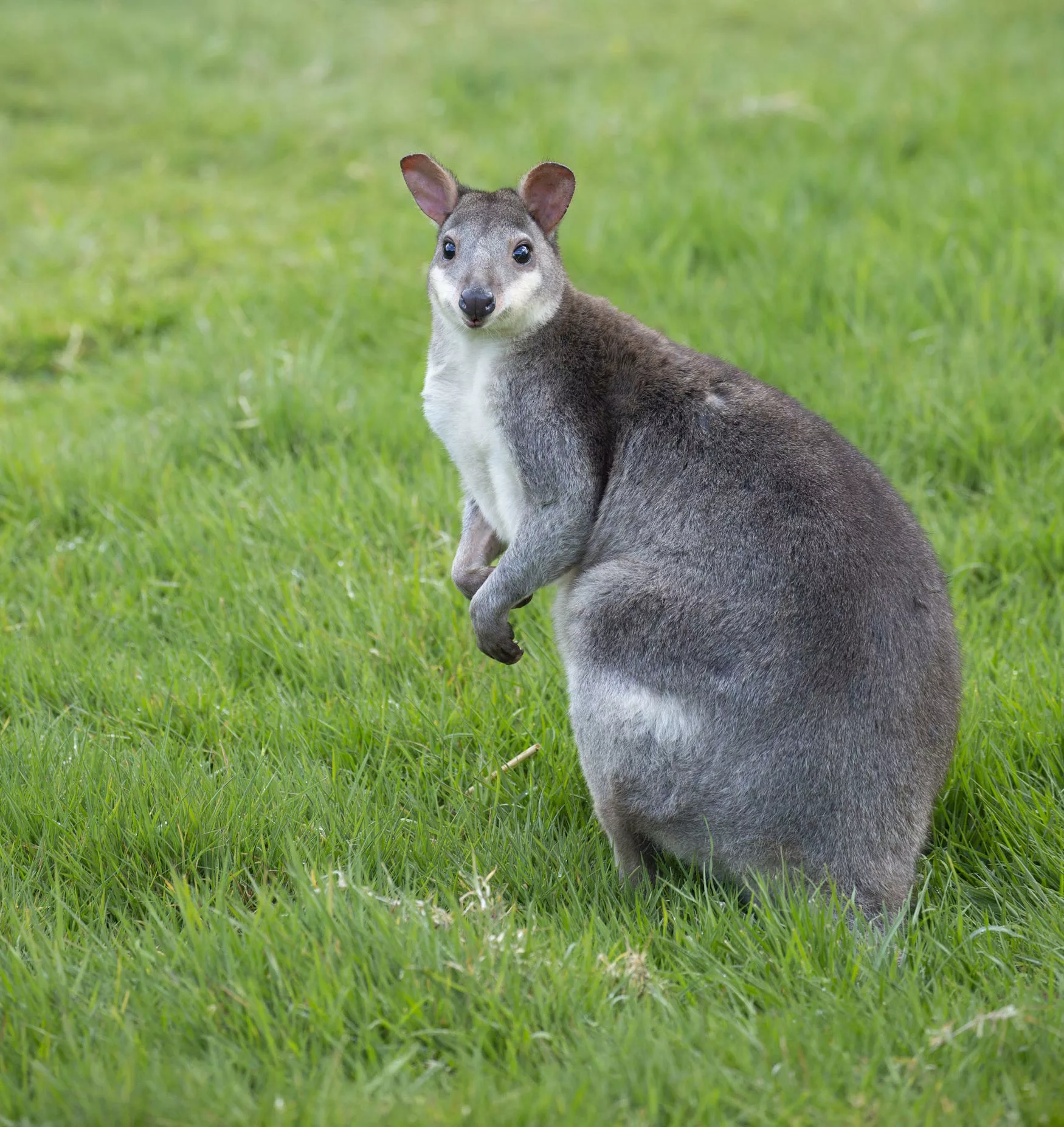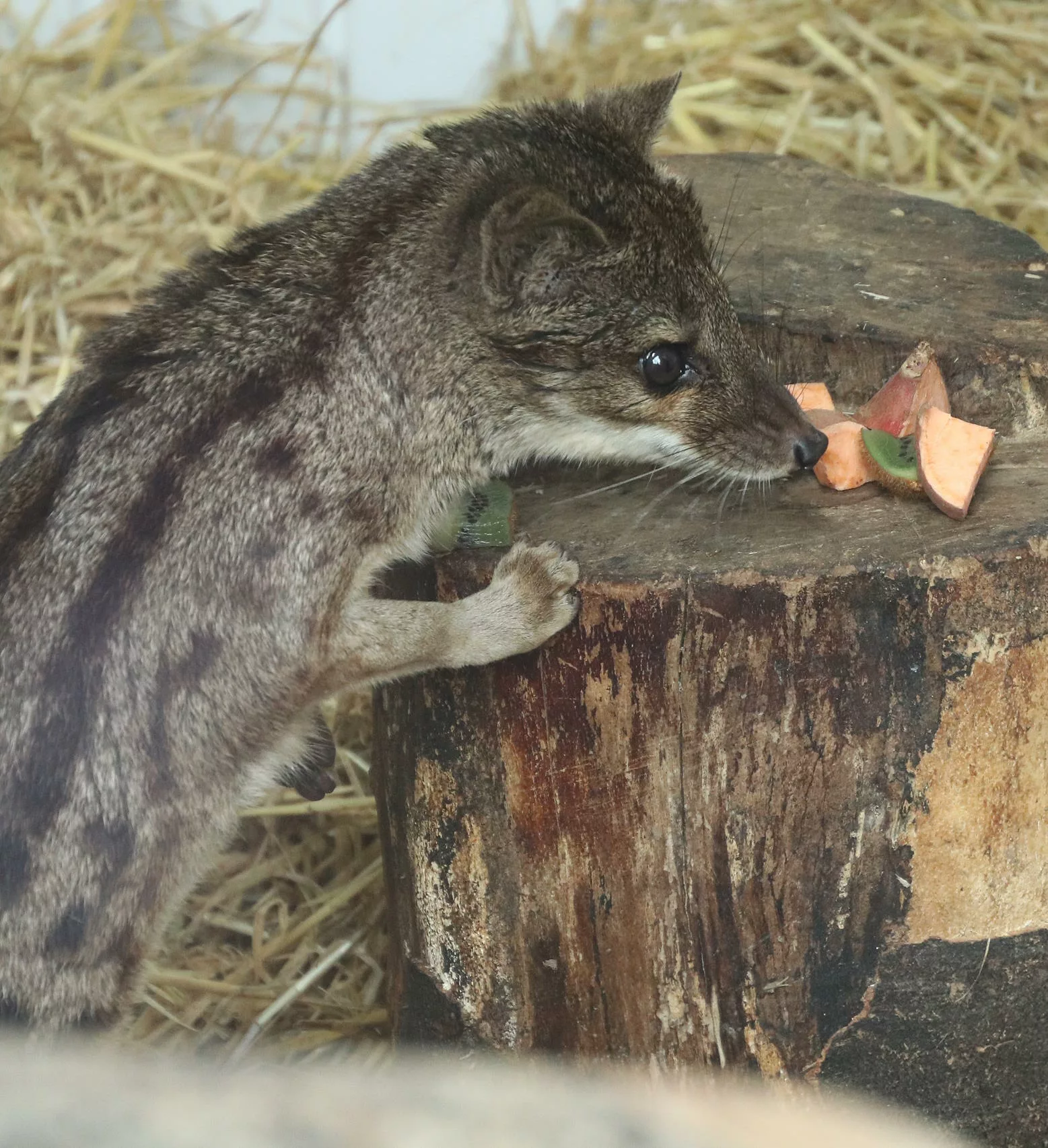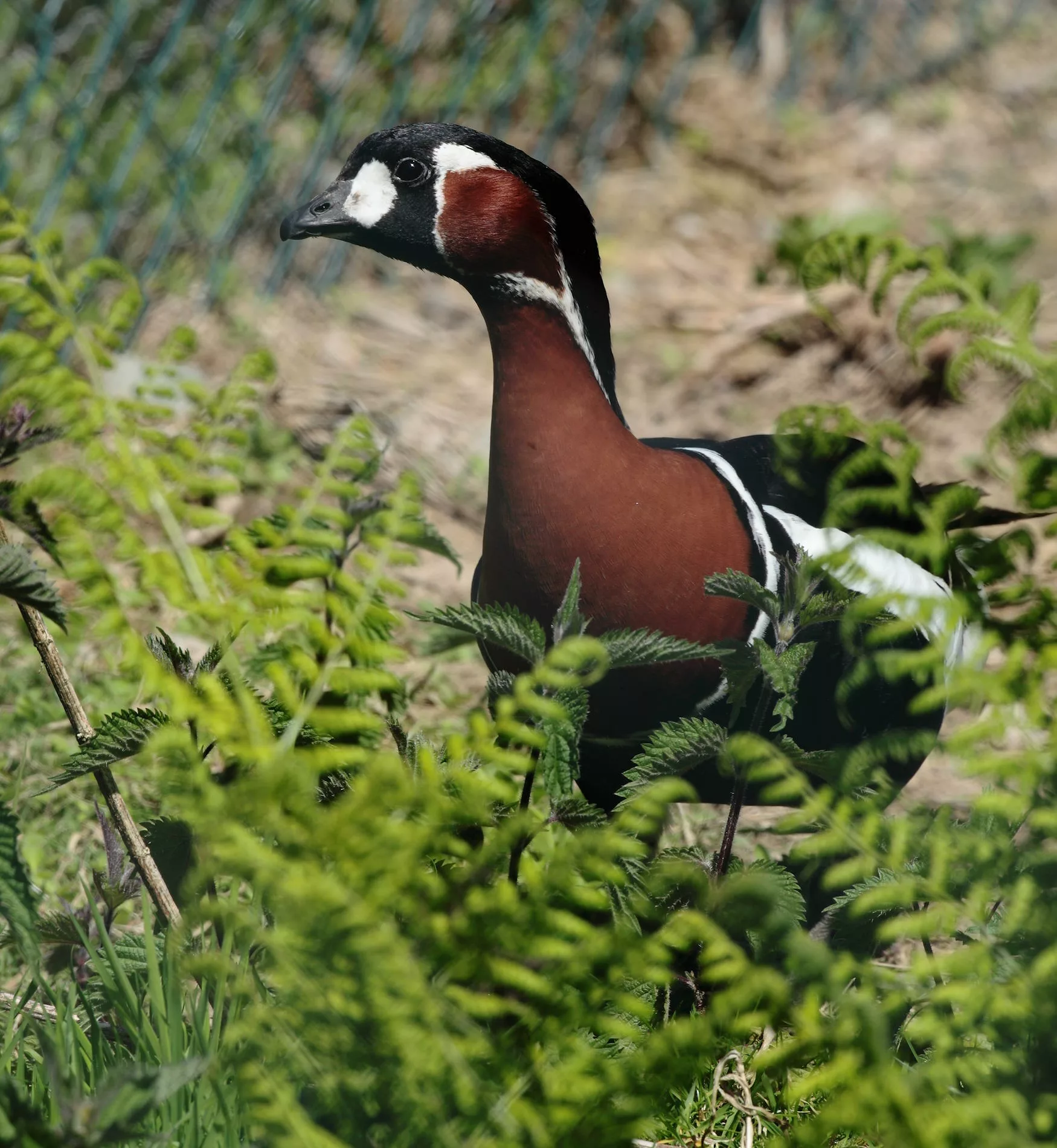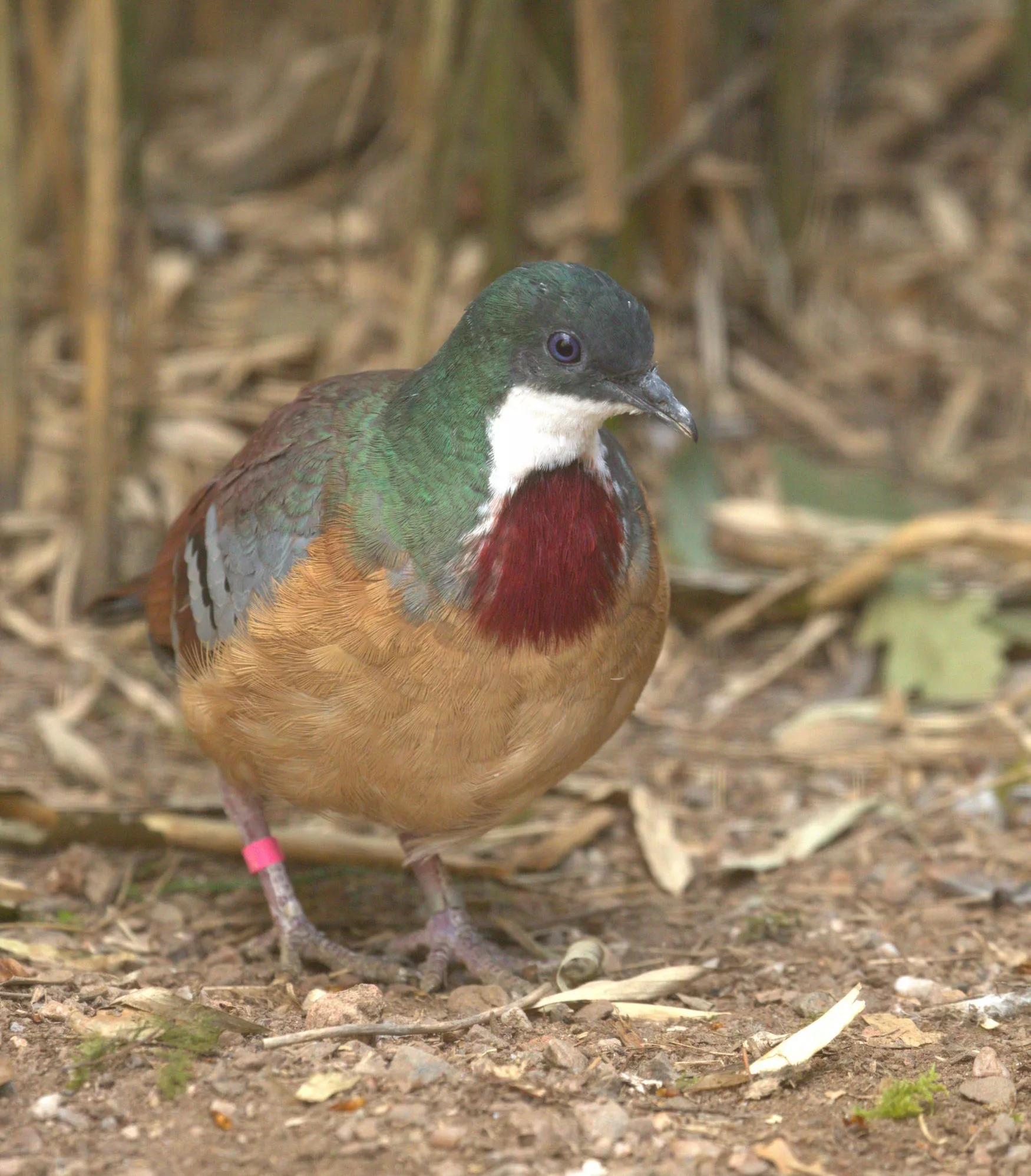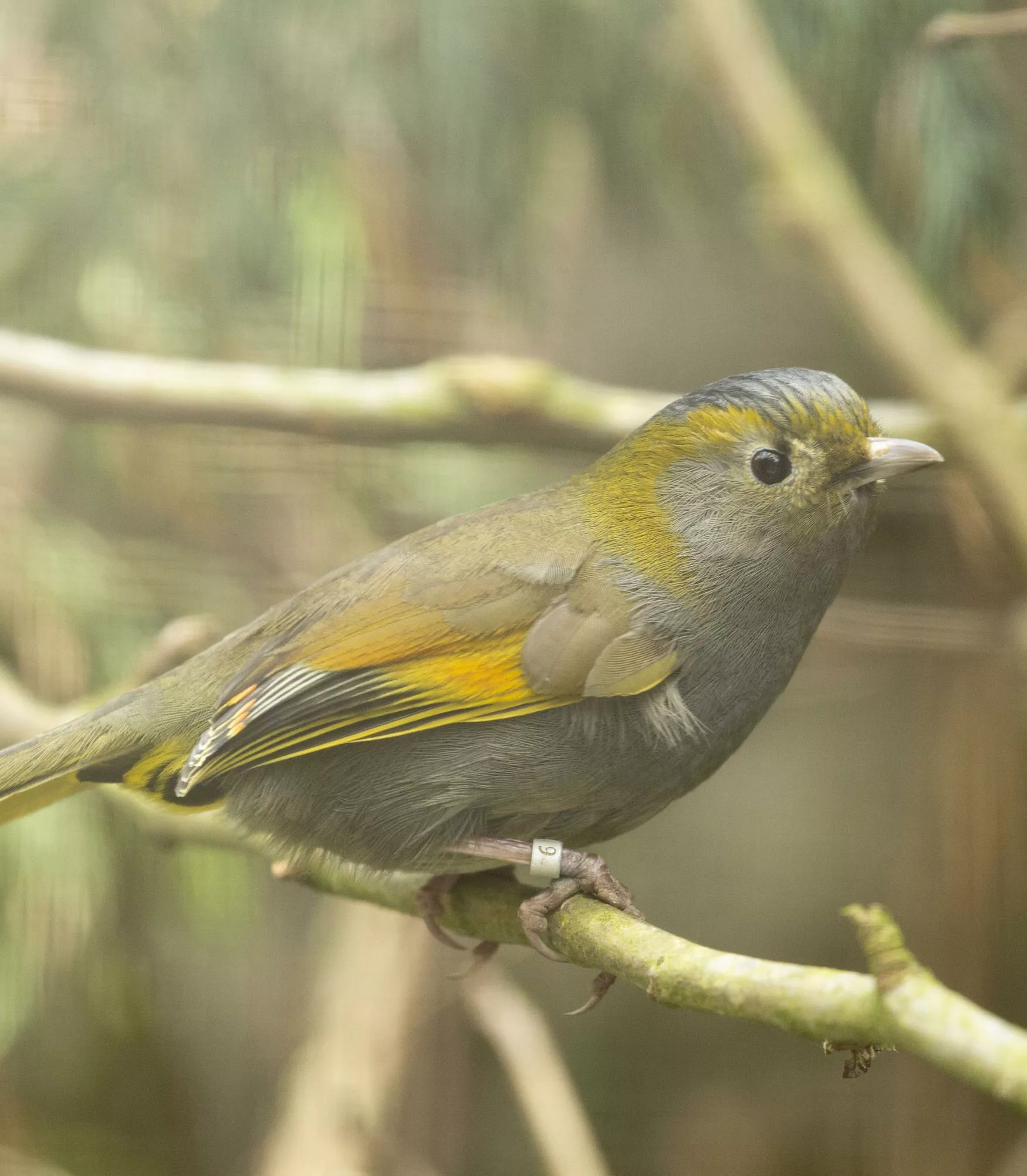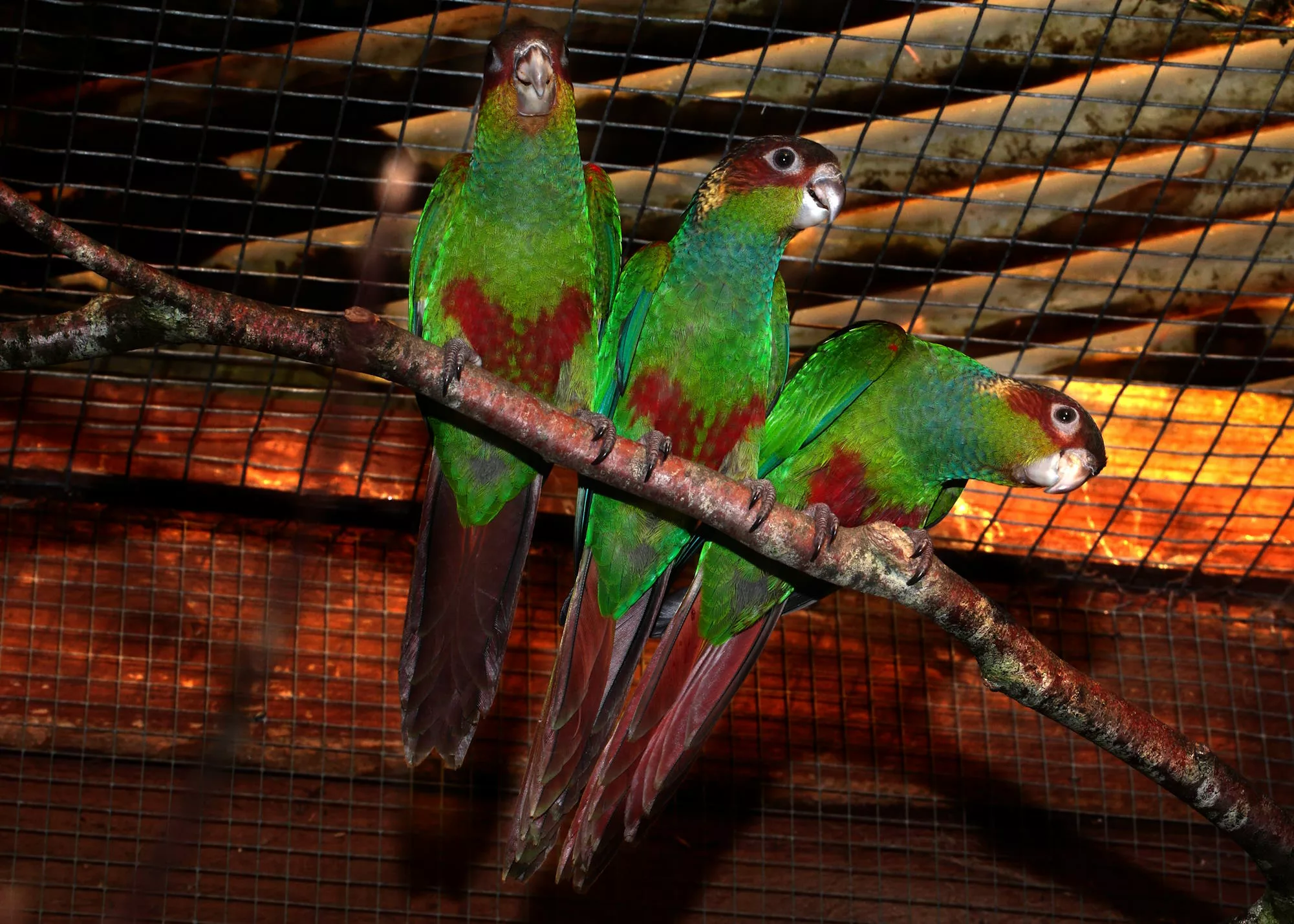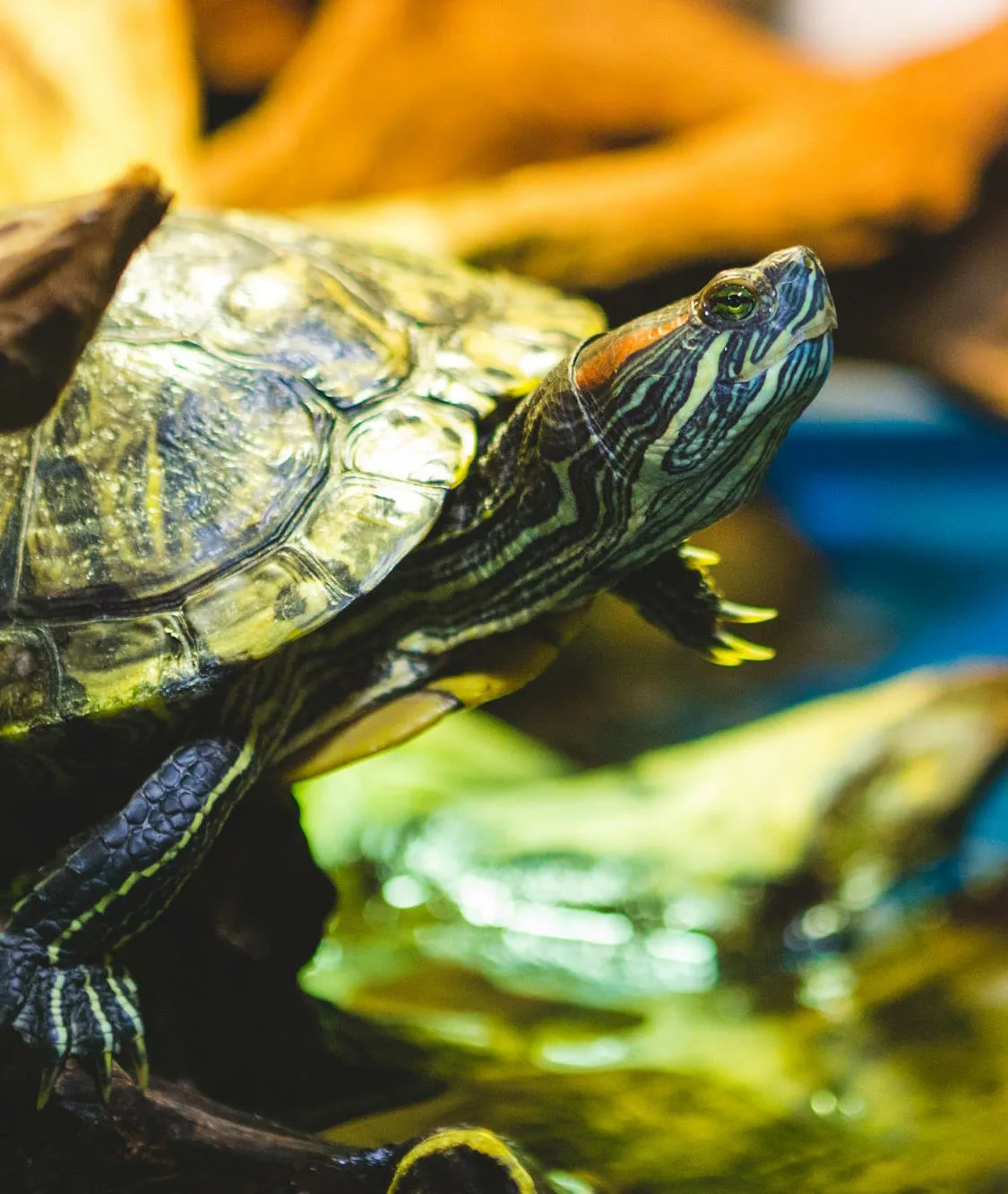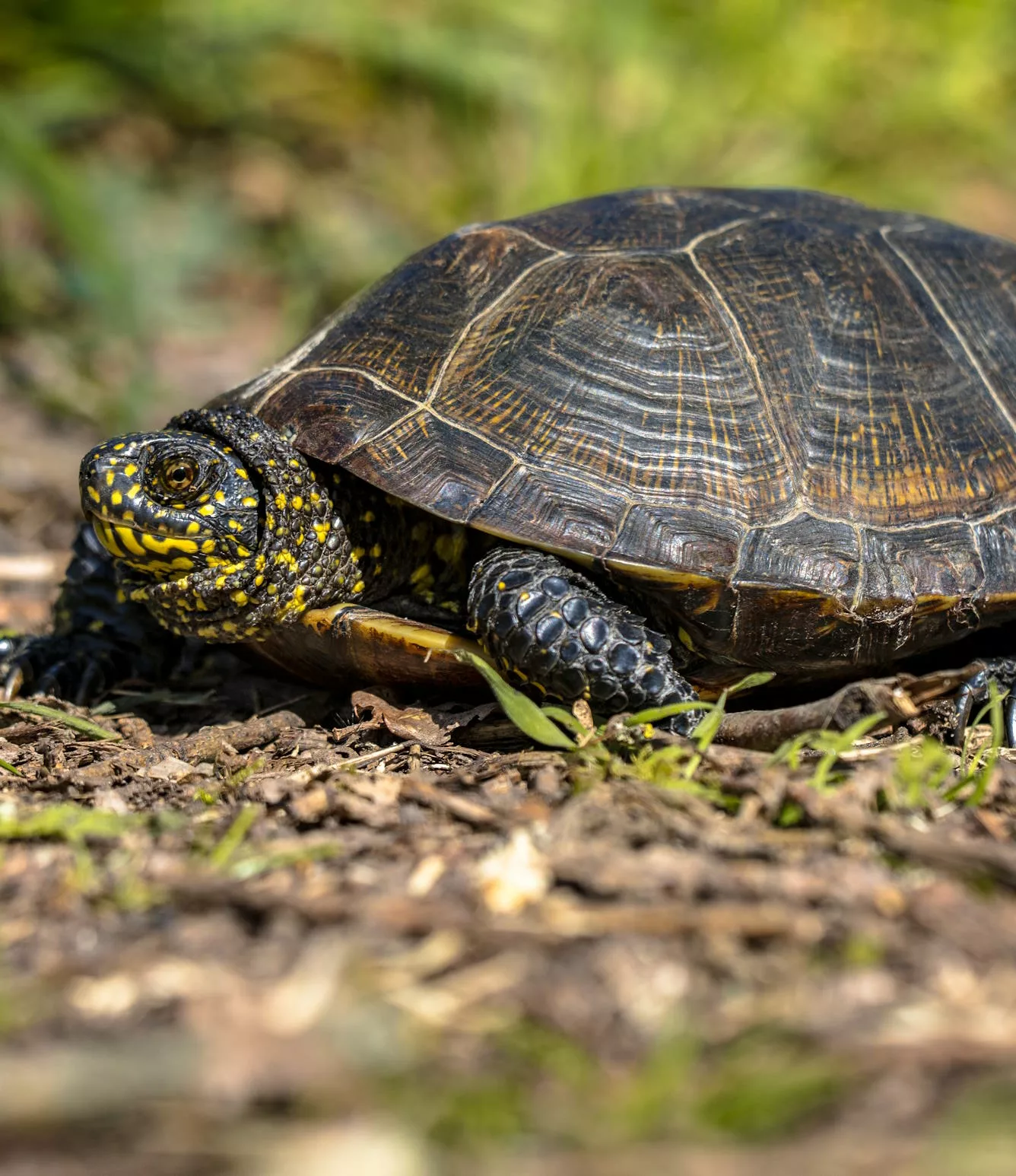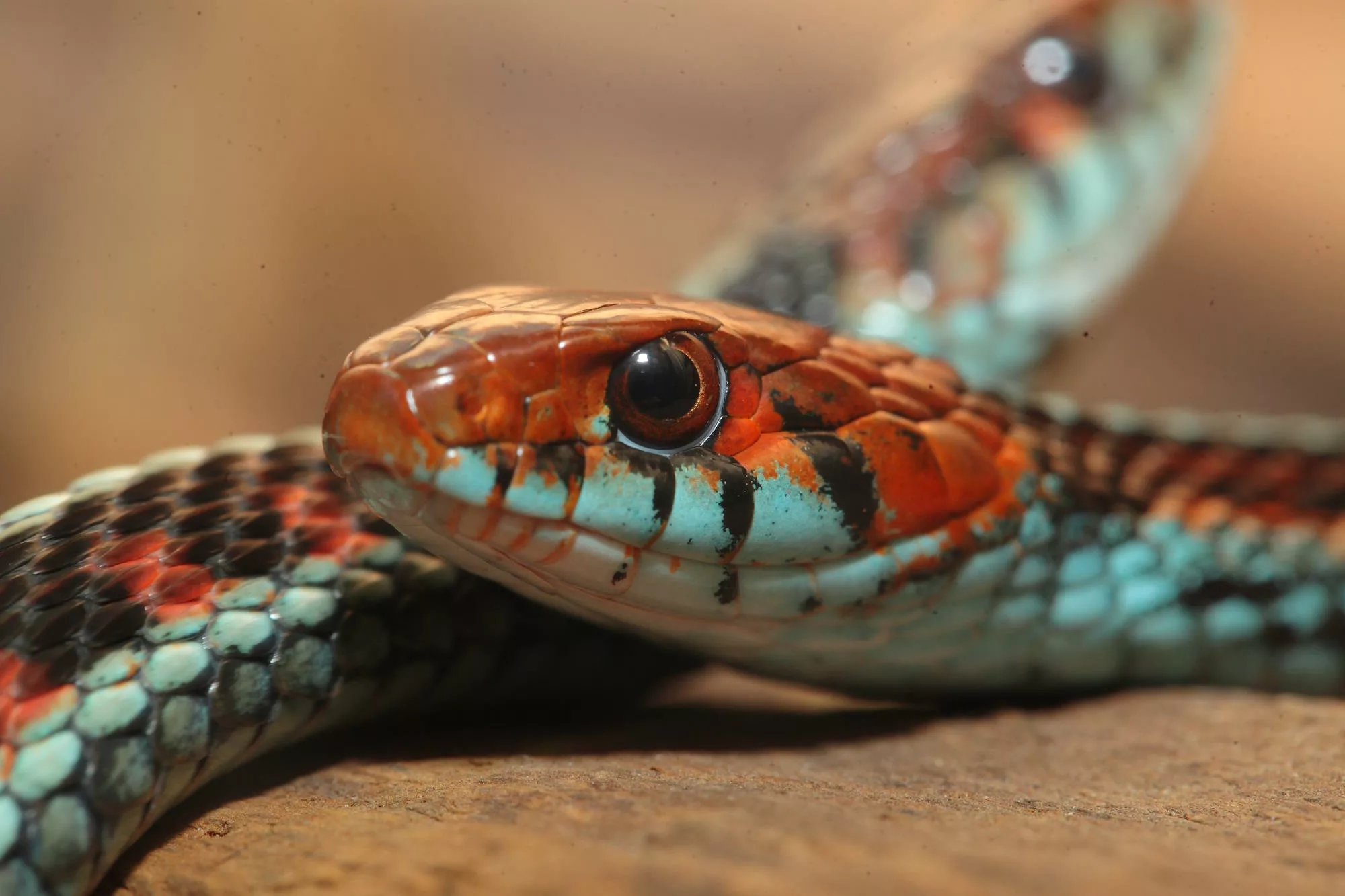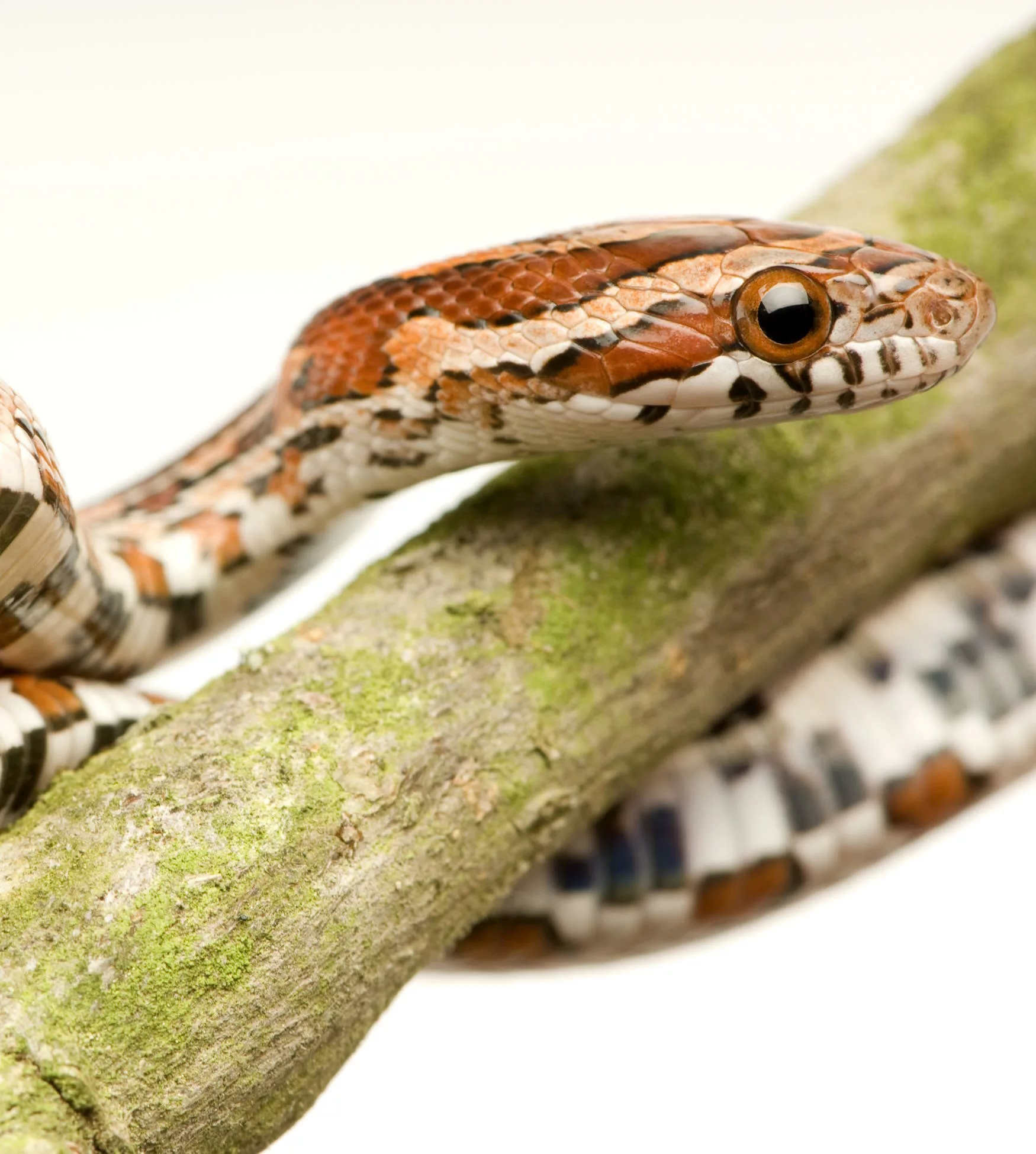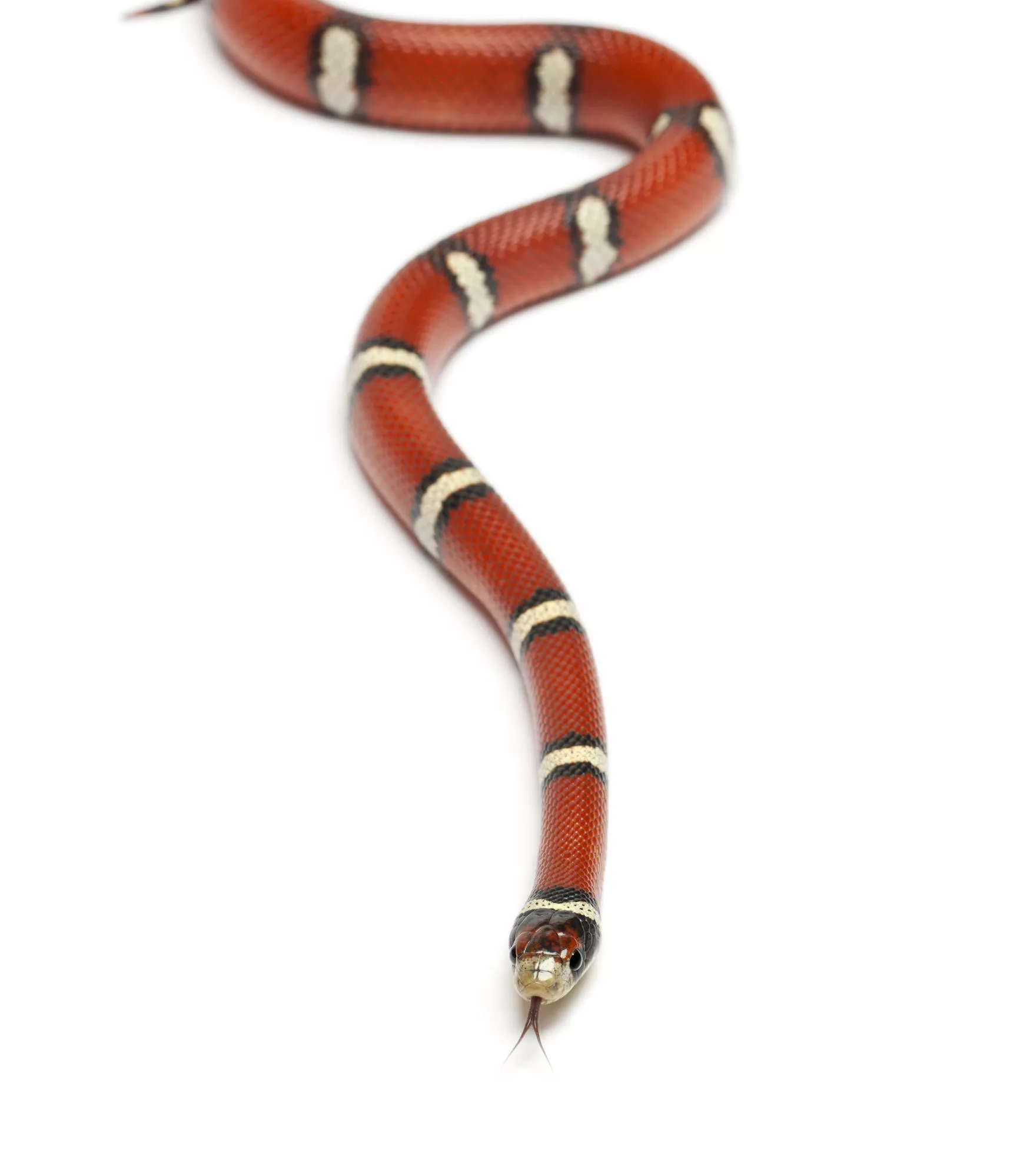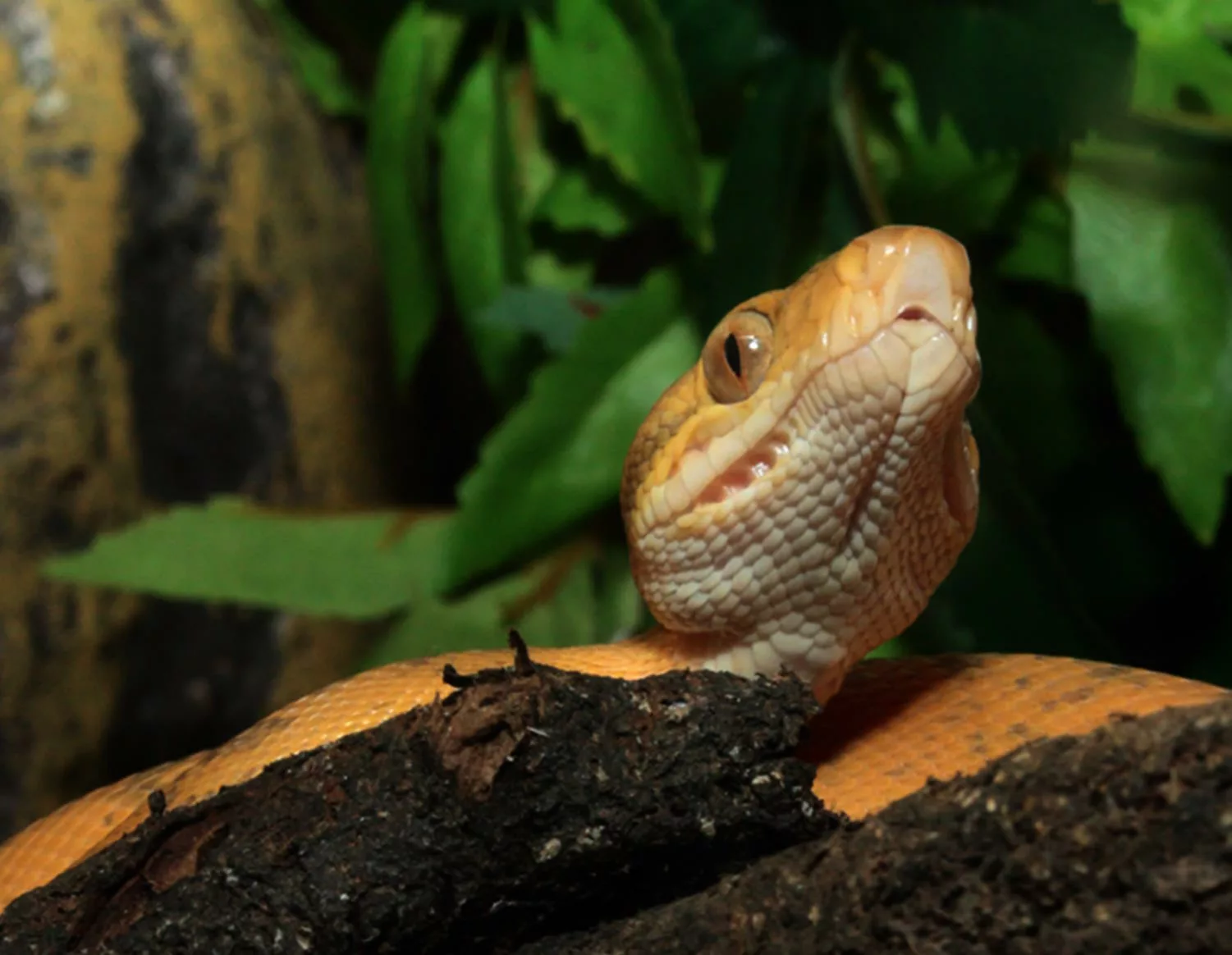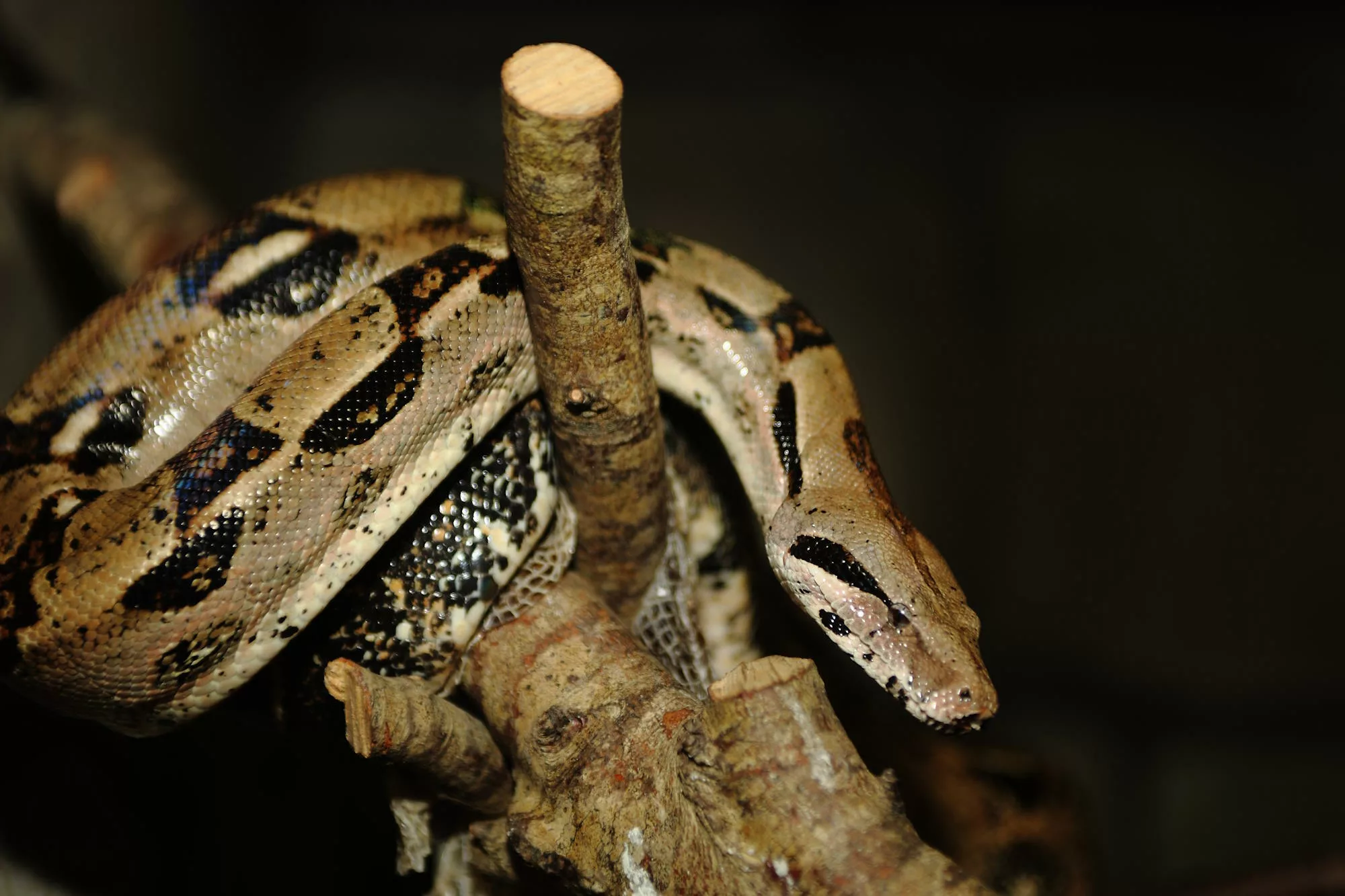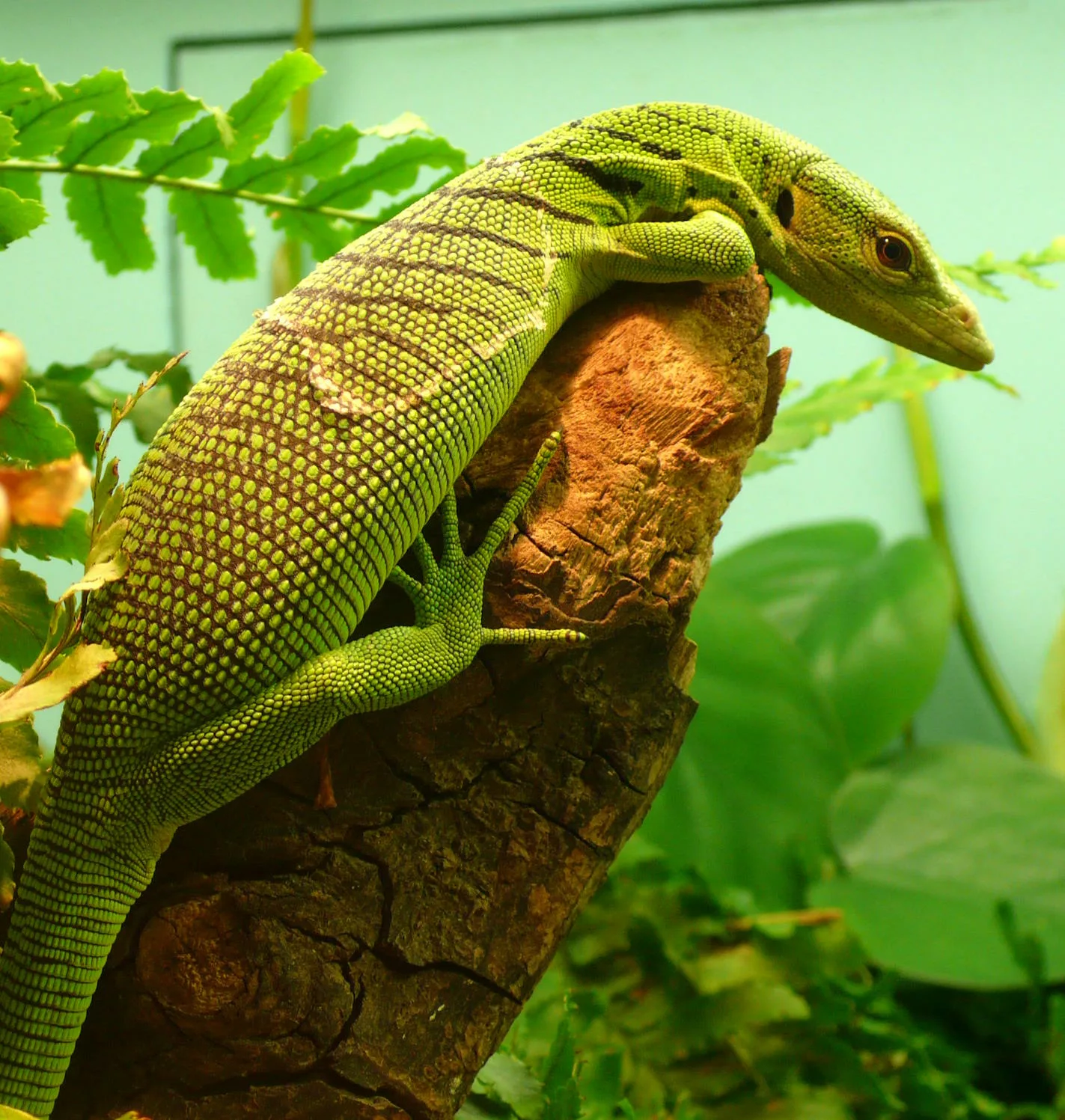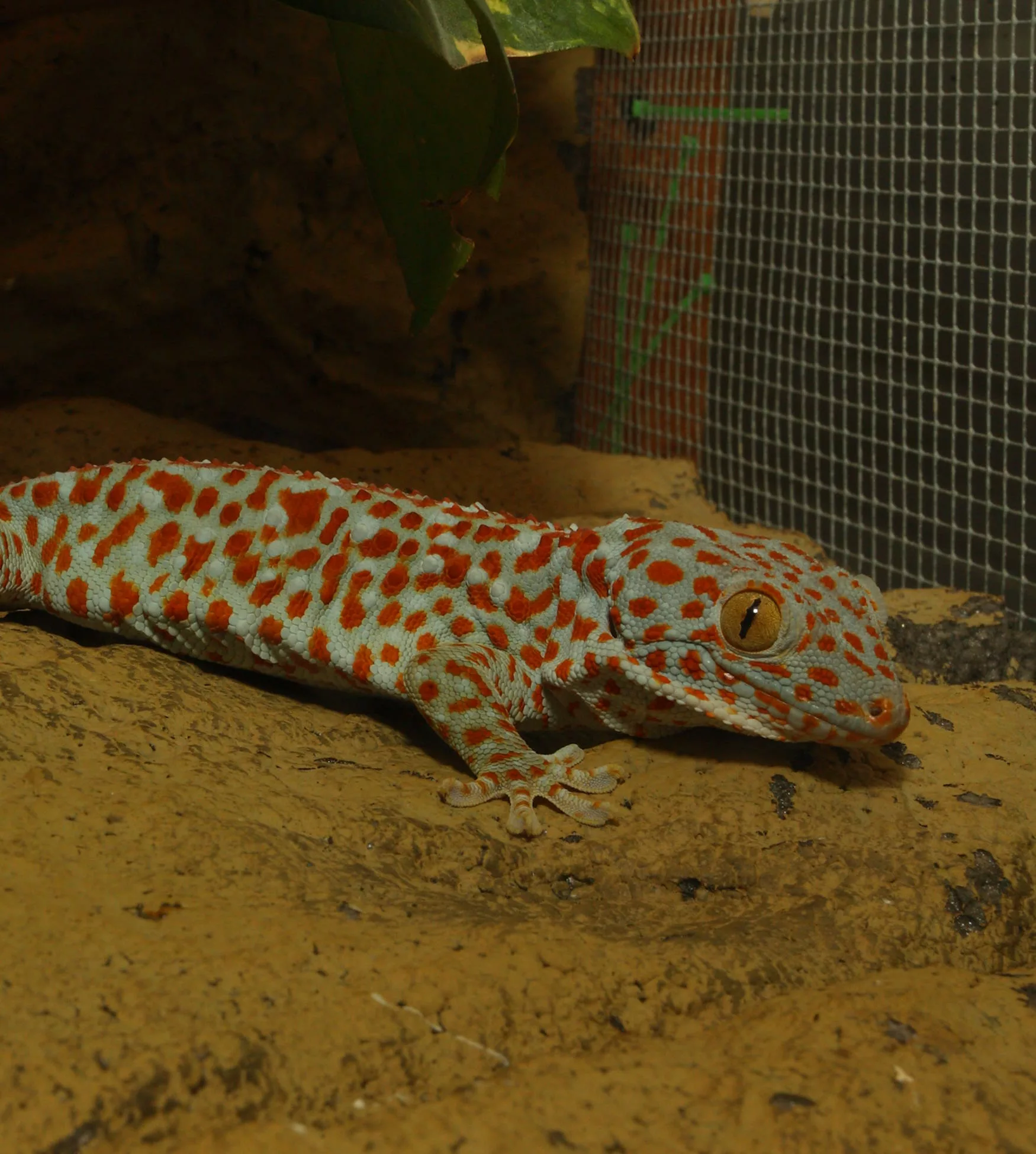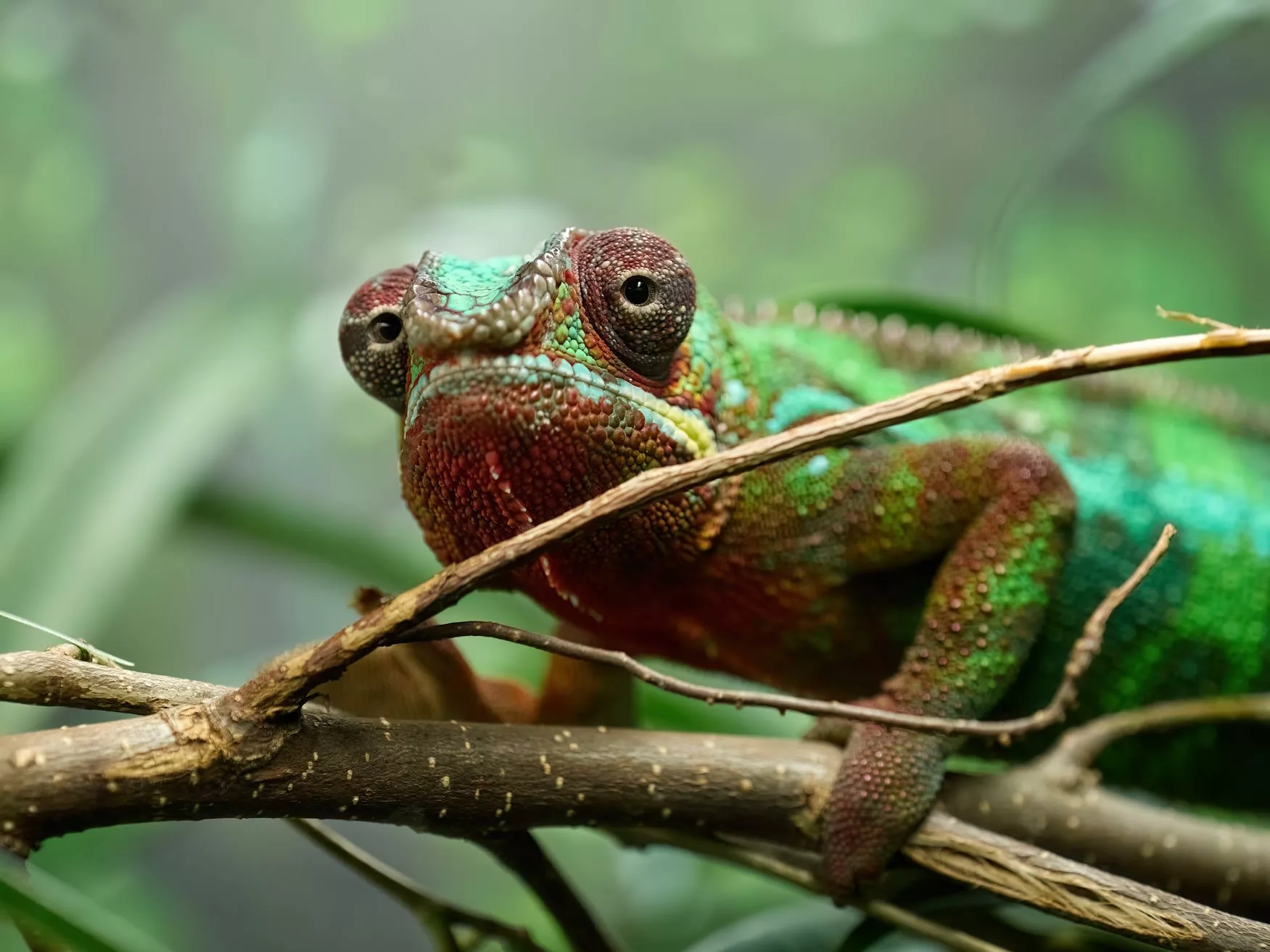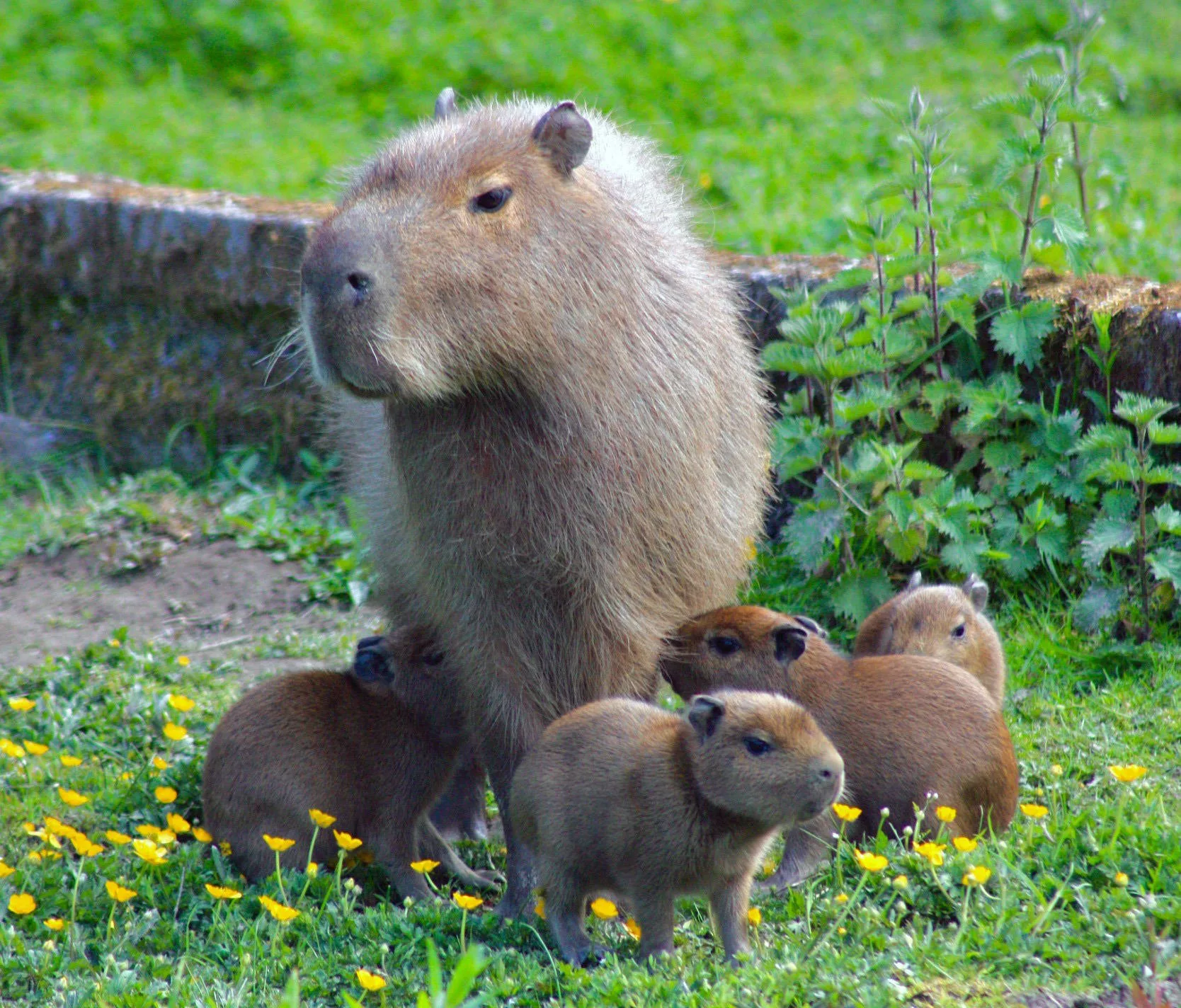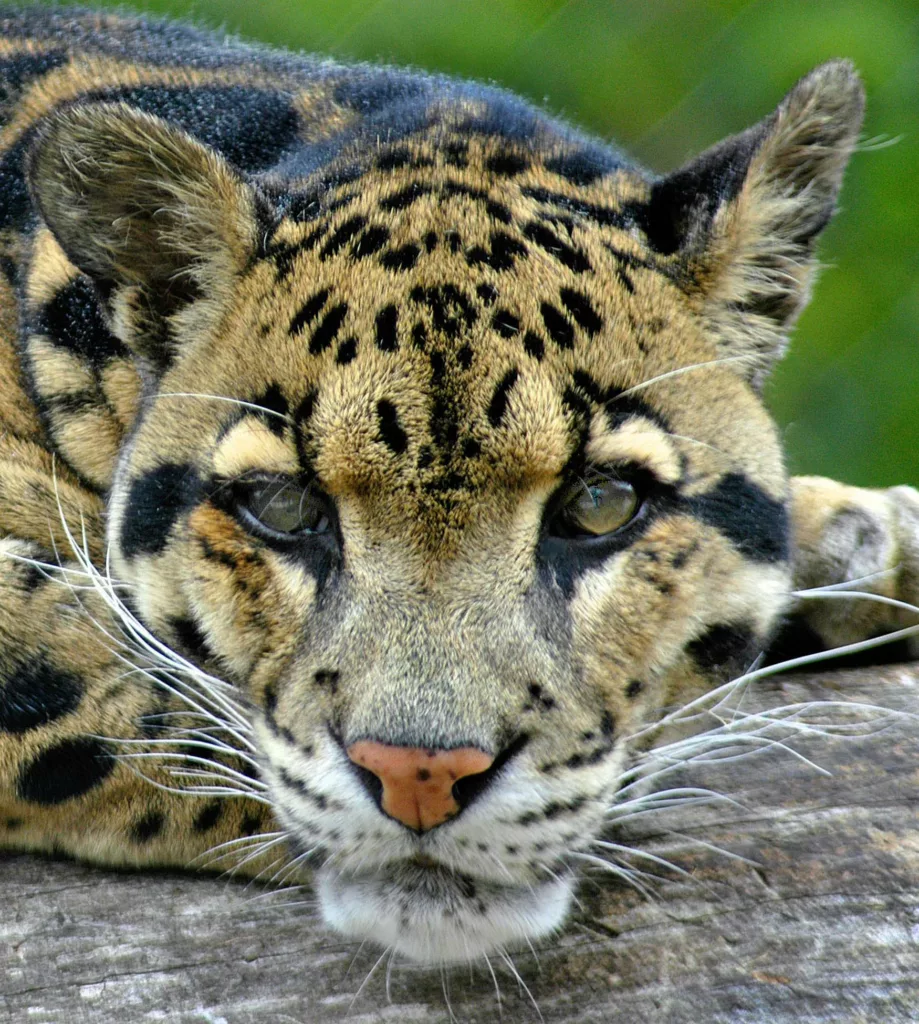
Clouded leopard
Scientific name: Neofelis nebulosa
IUCN listed as: Vulnerable
Learn before you visit!
Here are some facts about the species – Discover what they eat, find out about their natural habitat, see what they like to do, and more… Set the reading style to suit you too, everyday speak or something aimed towards children.
Child-friendly
Everyday
Diet
Clouded leopards primarily prey on small to medium-sized mammals such as monkeys, birds, deer, and rodents. They are also known to eat reptiles, amphibians, and insects. These agile hunters rely on stealth and ambush techniques to catch their prey, often pouncing from trees or dense vegetation. Additionally, clouded leopards are opportunistic feeders and may consume fruits and plants occasionally.
Clouded leopards are great hunters, and they like to eat small animals like monkeys and birds. They’re super sneaky, jumping from trees to catch their dinner. Sometimes they even munch on insects and fruits when they’re feeling fancy!
Breeding
Clouded leopards breed throughout the year in captivity, with females giving birth to litters of one to five cubs after a gestation period of around 85 to 93 days. The female raises the cubs alone, providing them with milk and teaching them hunting skills until they can fend for themselves. However, in the wild, their breeding behaviour is not well understood due to their secretive nature.
In zoos, clouded leopards have babies all year. Moms give birth to one to five cubs after about three months. The mom takes care of the cubs by herself, teaching them how to hunt until they grow up. But in the wild, we’re not exactly sure how they do it because they’re so good at hiding!
Habitat
Clouded leopards live in dense forests across Southeast Asia, including rainforests and bamboo forests. They prefer areas with thick vegetation for hunting and hiding. These habitats also offer a variety of prey species and access to water sources like rivers.
Clouded leopards live in Southeast Asian forests, like jungles and bamboo forests, where they hide and hunt. They love places with lots of trees and rivers nearby, where they can find food and water easily.
At the zoo
Until recently, we had a pair of clouded leopards residing here: “Tai,” our hand-reared male, and “Princess,” a hand-reared female. They did not get along and lived separately. Unfortunately, Tai, aged 11, recently passed away under anaesthesia due to cancer. The enclosure is now occupied by our much younger female, Princess. As is typical for a clouded leopard female, she is very shy and secretive, making her difficult to spot. For the welfare of this species, the enclosure is intentionally kept with a lot of vegetation
Until recently, we had two clouded leopards living here: “Tai,” a male we hand-raised, and “Princess,” a female we also hand-raised. They didn’t get along and lived separately. Sadly, Tai, who was 11 years old, passed away under anaesthesia because of cancer. Now, the enclosure is used by Princess, who is much younger. She is very shy and secretive, so it can be hard to see her. To keep her happy and healthy, we make sure there are lots of plants in her enclosure.
Behaviour
Clouded leopards are solitary and elusive, spending much of their time alone in Southeast Asian forests. They are skilled climbers, often hunting or resting in trees, and rely on stealth to catch prey like monkeys and birds. While primarily nocturnal, they may also be active during the day, using vocalizations like purrs and growls for communication.
Clouded leopards are shy cats that live alone in the forests of Southeast Asia. They’re great climbers and use their sharp senses to hunt monkeys and birds. Sometimes, they even talk to each other with funny sounds like purrs and growls!
Fun facts
- Tree Toppers: Clouded leopards are awesome climbers, spending lots of time in trees.
- Super Sharp Teeth: They have huge canines for their size, perfect for catching prey.
- Camo Coats: Their fur has big cloud-like spots, helping them blend into the forest.
- Lone Rangers: Clouded leopards prefer to roam alone, hiding well in dense forests.
- Upside-Down Experts: Their ankles can rotate backward, letting them climb down trees headfirst.
- Tree Pros: Clouded leopards are great climbers, hanging out in trees most of the time.
- Big Teeth: Their sharp teeth help them catch food in the forest.
- Spot On: Their fur has big spots that help them hide in trees.
- Lone Rangers: These leopards like to explore the forest alone.
- Upside-Down Experts: Their ankles twist so they can climb down trees headfirst.
More animals to discover at our zoo
Quick Links
Tickets & Prices
You can buy tickets for Exmoor Zoo securely online, as well as finding out more price options, discover offers, and more…
What’s on…
Exmoor Zoo hosts incredible Events all through the year. You can find out about what we’ve got in store here…
Routes & info
Like any great discovery, Exmoor Zoo can feel a little off the beaten path – but don’t worry – you can plan your journey with our recommended routes and other useful travel info.
